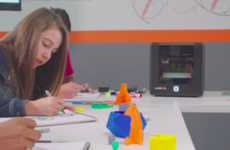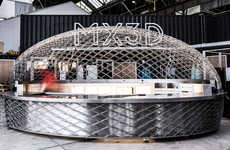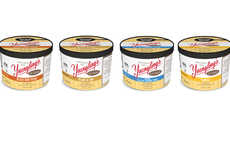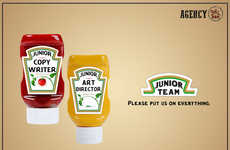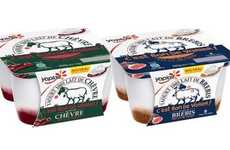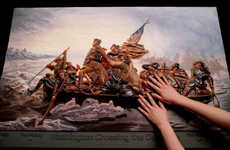



Museums, exhibitions, and artwork take on "touch" as a primary feature
Implications - The rare nature of quality art has long-resulted in overtly exclusive and sterile forms of display, however many are seeking to overturn the relatively uncompromising nature of the industry by incorporating tactile experiences into their displays and pieces. The use of touch in art caters to the experiential interactivity that consumers not only prefer, but now expect from brands.
Workshop Question - How could your brand better incorporate interactivity into its products/services?
Trend Themes
1. Tactile Experiences - The use of touch in various industries cater to the experiential interactivity that consumers prefer.
2. Accessible Museums - The push for museums to be more accessible to people with disabilities creates a space for inclusive innovations.
3. Interactive Exhibits - Incorporating interactive elements in exhibits creates a more engaging and memorable experience for visitors.
Industry Implications
1. Museums and Galleries - The museum industry can adopt tactile experiences as a way to engage with visitors, especially for people with disabilities.
2. Art and Reproductions - Reproductions of famous paintings with tactile elements can make art accessible to people with vision disabilities.
3. Fashion - Fashion exhibitions that allow visitors to engage and purchase the outfits on display create a new shopping experience.
4 Featured, 36 Examples:
155,240 Total Clicks
Date Range:
Feb 16 — Aug 18
Trending:
Mild
Consumer Insight Topics:









